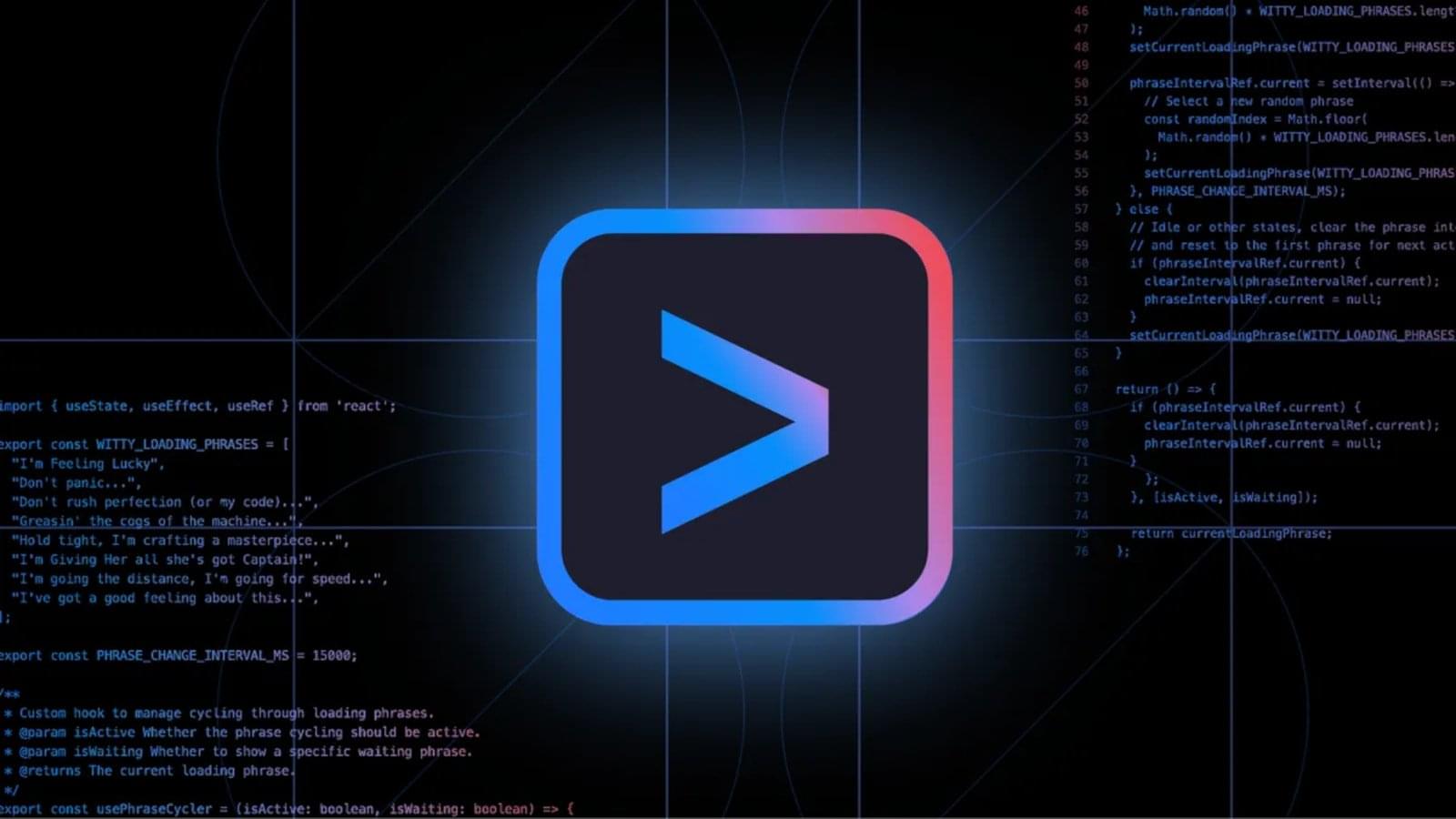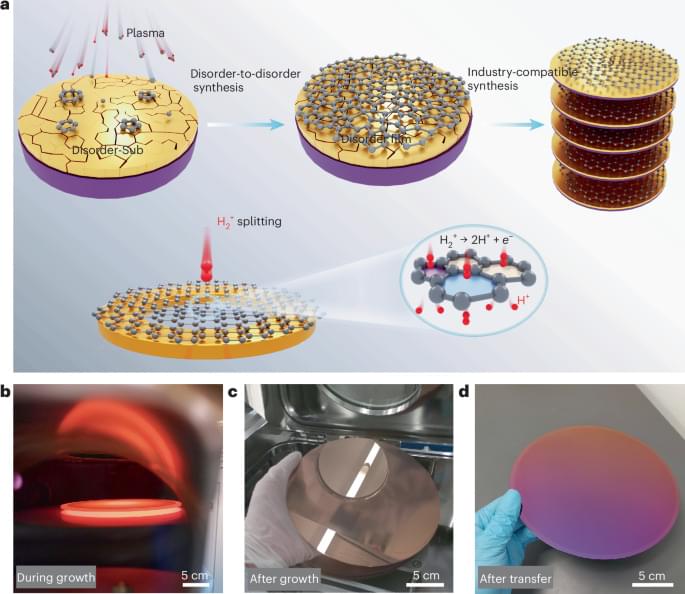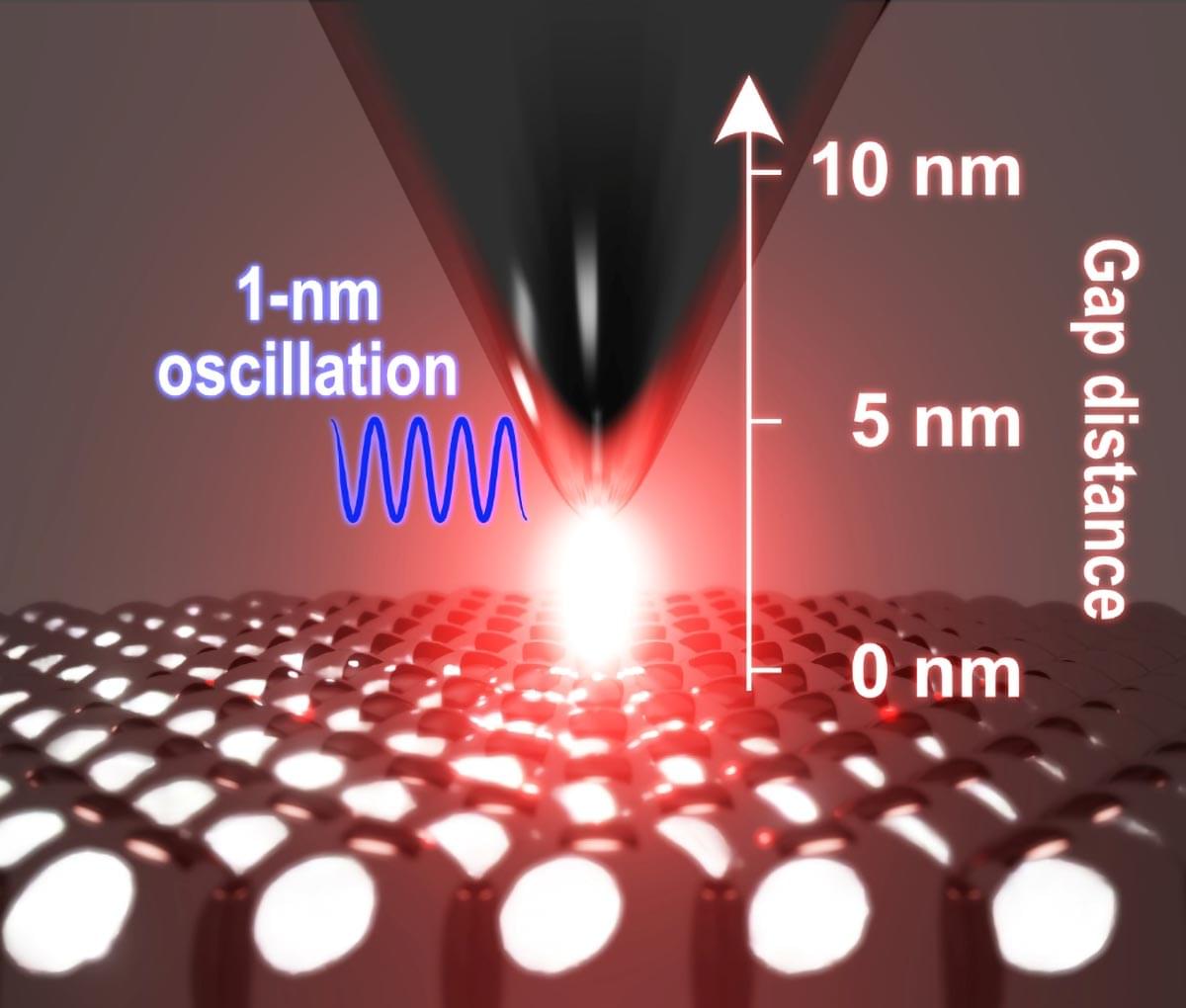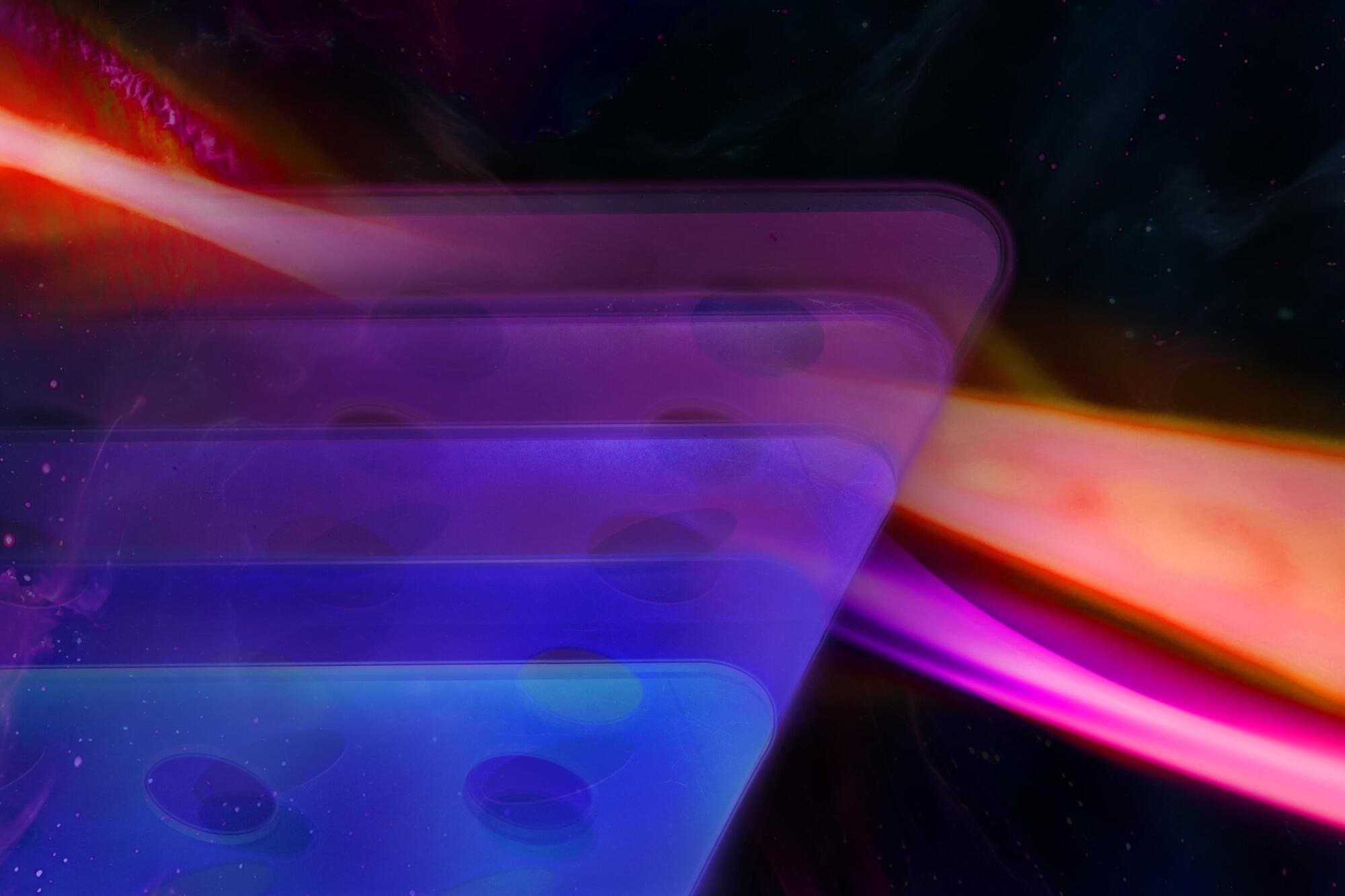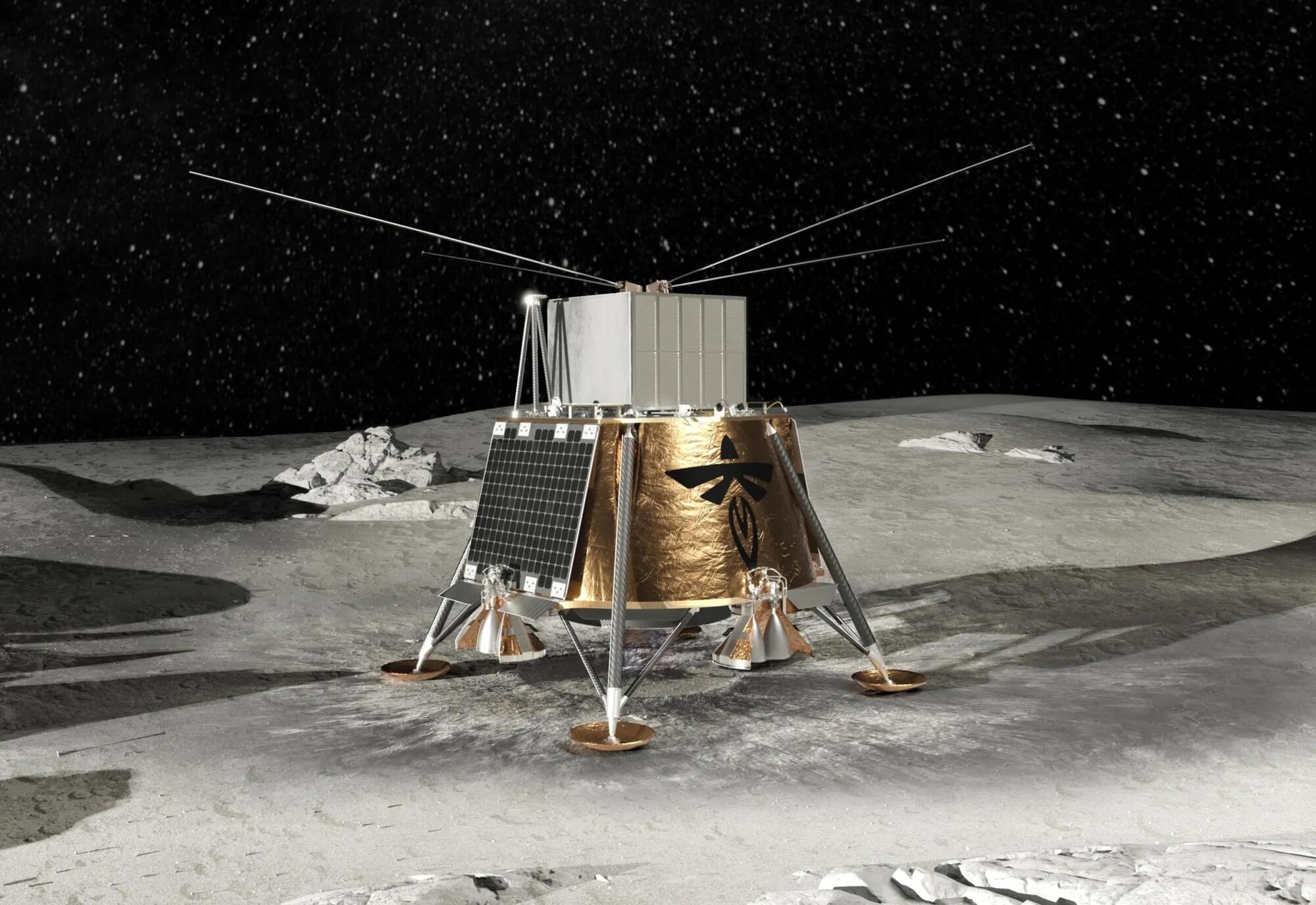A vulnerability in Google’s Gemini CLI allowed attackers to silently execute malicious commands and exfiltrate data from developers’ computers using allowlisted programs.
The flaw was discovered and reported to Google by the security firm Tracebit on June 27, with the tech giant releasing a fix in version 0.1.14, which became available on July 25.
Gemini CLI, first released on June 25, 2025, is a command-line interface tool developed by Google that enables developers to interact directly with Google’s Gemini AI from the terminal.
